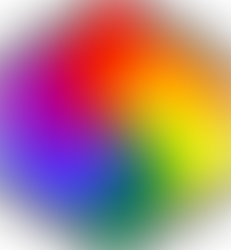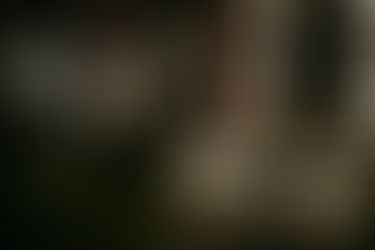In-Store Design: Colour
- qualicominnovations
- Jul 15, 2016
- 3 min read
Think of your favourite colour. What feelings are rising from thinking of your favourite colour? Imagine a store entirely in different shades of your favourite colour. Would you enter it just because it caught your eye? Maybe? Well apparently, shoppers like to choose what they buy based on colour. According to Color Marketing group, an organization for color designers in the U.S., 85% of the reason people buy one product over another is because of colour. But it isn't just the colour of the product that affects a person's decision to buy, it's also their surrounding colours. Colours affect mood and emotions so if a store can manipulate the power of colour to attract customers, that's a profiting store/restaurant.

From Entrepreneur, here are 5 ways store colours can affect the shopping experience and maybe bring in more customers:
1. Tell a story with color. Rather than simply select colors you like, it can be more effective to start with a theme and choose colors that represent that concept. For example, you could capture the essence of the beach with colors reminiscent of sand, water and sunshine. That would transport customers to an environment they associate with relaxation and enjoyment and make them want to stick around your shop longer.
Choose the colour that fits the personality of your store!
2. Comfort and calm customers. Warm colors like oranges and browns are inviting and reassuring to shoppers, while cooling colors like green and blue can have a calming effect, says Georganne Bender, a partner and retail consultant with Rich Kizer.
3. Alert your shoppers to certain products. Bright colors like yellow and red grab customers' attention, stopping them in their tracks before they breeze by a product display. That's because yellow is the color first perceived by the retina, according to Linda Cahan, a West Linn, Ore., retail design consultant. Red, of course, has long been associated with stopping, whether it's on a traffic signal, emergency vehicle or store design. But use these bold colors sparingly. Too much red will agitate shoppers, Bender warns. She recommends making bright accent colors no more than 20 percent of your store's overall color scheme.
4. Build brand recognition. Colors can increase brand recognition by 80 percent, according to a 2007 study by psychology and management researchers at the University of Loyola, Maryland. Finding a way to work your logo colors into your retail design will help customers associate those colors with your company. But think beyond just the paint on your walls.
5. Highlight rather than overpower your product. Be careful not to drown out what you're selling by immersing it in too much color. [For example,] if you are selling lingerie, bold colors could work against the delicate quality of the product. Similarly, if you are selling electronics, too many bright, flashy colors can detract from your product's clean sleek look.

With another few tips in mind for in-store design, definitely consider looking back at how your store looks. What's the theme colour? Is there even a theme colour? Is it a good one? Maybe ask your customers if that red colour or blue colour is too much/little. Many retailers and managers don't think much of such a simple thing as colour to be a key part in increasing sales, but every little thing counts!
Sources:




























Comments